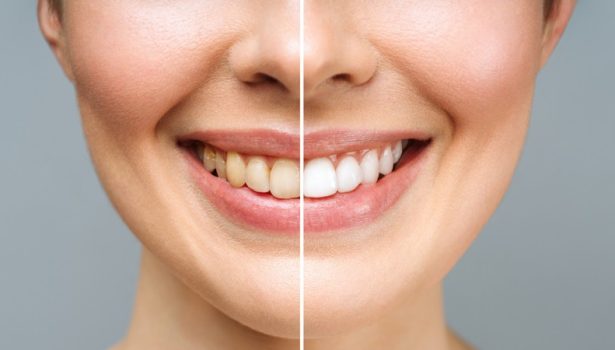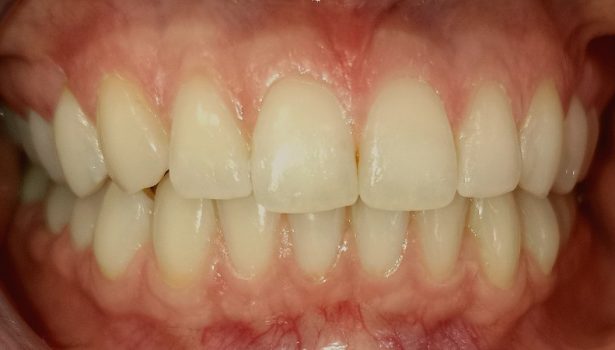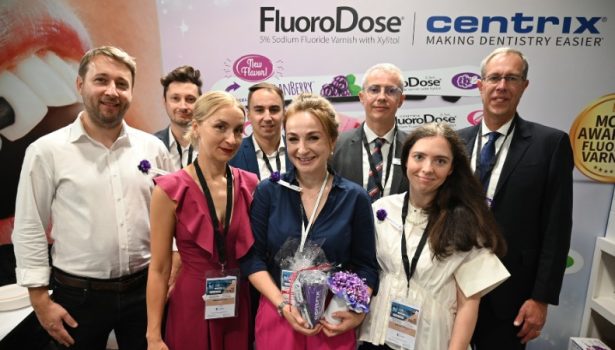Leczenie implantoprotetyczne po urazie w strefie estetycznej
Discussion
Dental injuries seldom involve a single tooth; therefore, the treatment scheme of an isolated injury is not always proper for adjacent teeth. Achieving and maintaining satisfactory outcomes in the treatment of dental injuries is a challenge for the dentist and often requires interdisciplinary cooperation between specialists. In the case described above, the patient required conservative, endodontic, prosthetic, and surgical implantology treatment. In the treatment of tooth fractures without pulp exposure, such as the injury to tooth 37 described in the patient, satisfactory aesthetic and functional outcomes can be achieved with minimum preparation of the fracture edges and the application of bonding systems and composite materials (5, 11, 13–14). In the treatment of fractured tooth crowns with exposed pulp various procedures can be applied, depending on the size of the exposure, time elapsed between the injury and providing aid to the patient, state of the pulp, the state of the periapical tissues, the hygienic state of oral cavity, and other concomitant injuries which may impair the healing of the pulp. The treatment options in adults include direct pulp capping, extirpation of pulp under anaesthesia, and aseptic endodontic treatment. Direct pulp capping with calcium hydroxide or MTA is possible when the patient reports to the dentist within 2 hours from injury, the surface of the exposure is small, the pulp reacts normally, and the oral hygiene is good (3, 5, 12, 14). In other cases extirpation of pulp under anaesthesia is indicated or, if the pulp vitality is lost, antiseptic endodontic treatment. According to Arabska-Przedpełska and Asgara (3, 12), in adult patients extirpation in anaesthesia is preferable due to the decreased regenerative properties of pulp and the larger failure percentage of direct capping. Further treatment in this kind of injuries involve...
Dostęp ograniczony.
Pełen dostęp możliwy tylko dla zalogowanych użytkowników z wykupioną prenumeratą lub subskrypcją.
Dlaczego warto się zarejestrować?
- zyskasz dostęp do artykułów otwartych publikowanych na łamach „TPS – Twój Przegląd Stomatologiczny”;
- zobaczysz część filmów zamieszczonych w dziale dentalVIDEO;
- będziesz na bieżąco z wszystkimi nowościami z branży stomatologicznej;
- możesz skorzystać z katalogu firm i porównywarki produktów,
- masz możliwość sprawdzenia kalendarium wydarzeń i relacji z imprez branżowych.
Logowanie
Mogą zainteresować Cię również
Ortodoncja w praktyce

Leczenie nasilonego zgryzu otwartego klasy II u pacjentki w wieku dojrzewania przy użyciu klejonego ekspandera Hyrax, miniimplantów IZC i techniki MEAW
Słowa kluczowe: zgryz otwarty, klasa II, zwężona szczęka Keywords: open bite, class II, narrow maxilla Streszczenie: Niniejsze doniesienie kazuistyczne opisuje udane leczenie pacjentki ze zwężoną szczęką i nasilonym zgryzem otwartym klasy II za po...
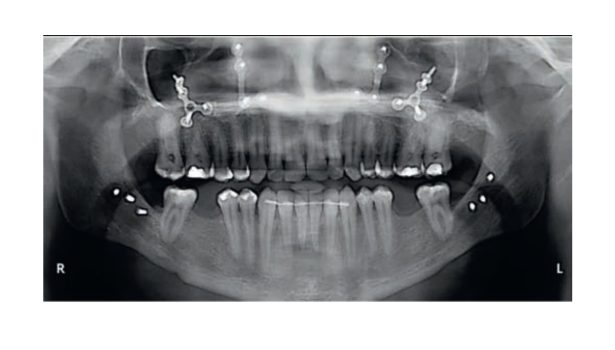
Łączne leczenie ortodontyczne i chirurgiczne ciężkiej wady zgryzu klasy III ze zgryzem krzyżowym przednim i tylnym
W niniejszej pracy kazuistycznej przedstawiono przypadek dorosłego pacjenta z ciężką szkieletową wadą zgryzu klasy III, z ewidentnym niedorozwojem szczęki i nadmiernie rozwiniętą żuchwą, co powodowało zgryz krzyżowy przedni i tylny, a także przesu...
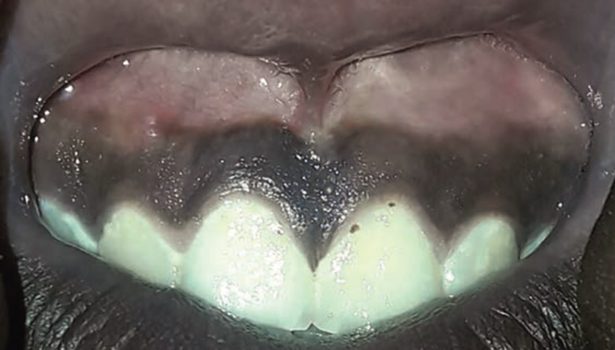
Dwunastoletnia obserwacja po przeprowadzeniu laserowej frenektomii w fazie wczesnego uzębienia mieszanego. Opis przypadku
Słowa kluczowe: frenektomia, diastema, laser Keywords: frenectomy, diastema, laser Streszczenie: Wędzidełko wargi górnej jest jednym z wędzidełek jamy ustnej, zlokalizowanym po wewnętrznej stronie górnej wargi w linii środkowej. Diastema pośrodkow...
